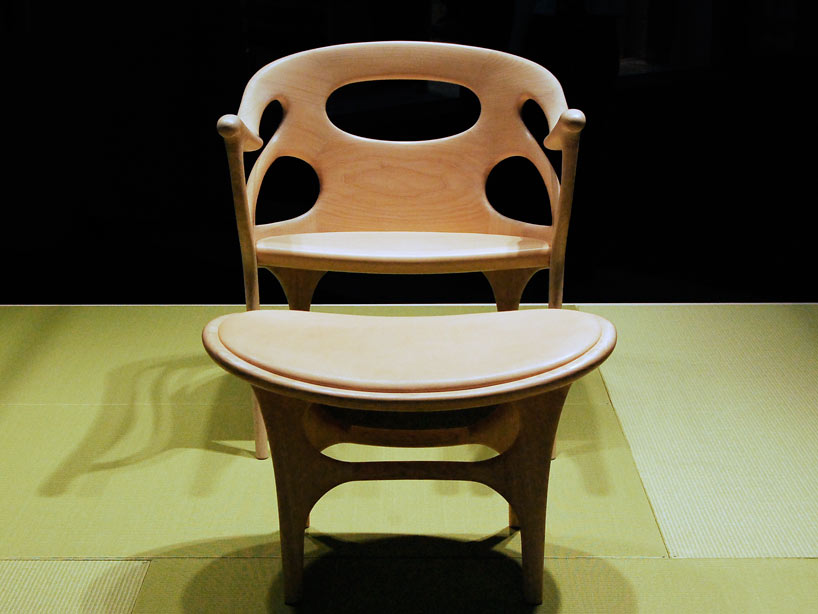When it came to choosing paints for our house, it was the hardest thing to do. I'm not an interior designer and nor do I have a natural eye for colour. So, I diligently read up on how to co-ordinate colours and how to use a colour wheel.
First you have to know what a colour wheel looks like. This colour wheel from Nippon Paint is possibly one of the easiest wheels to refer to.
Now, pick your favourite colour. The trick is to find other colour combinations that match your favourite colour.
Monochromatic
Chose a colour and use a shade, tint or tone of the same colour throughout the room.
A tip from designer Mark McCauley, author of
Color Therapy at Home: Real Life Solutions for Adding Color to Your Life - use darker color values for the floor, medium color values for the walls and light values for the ceiling. He adds, "Any interior space replicates the outside world. The exterior environment is generally darker below our feet (the earth itself), medium-valued as you look straight ahead (buildings/trees) and lighter values skyward."
 |
| Darker floors, medium walls and light ceiling via HGTV |
Triadic
Use three colurs that are even spaced around the colour wheel.
Triadic colours tend to be quite vibrant so you should choose one dominant colour and use the other two as complementing colours. Think 80-20-10. Use 80% of your the dominant colour on prominent features like your walls or sofa, 20% of complementary colour in medium sized items in the room like a floor carpet and 10% of the other complementary colour in small accessories or paintings.
Adjacent
Also known as analogous colours, uses colours that are next to each other or within a 90 degree angle in a wheel. For example, they can be different shades of green and yellow, all of which can exist harmoniously next to each other.

Analogous colours should be less vivid and bright. Nature demonstrates this best. Look into the twilight sky for blends of purple, blue and magenta colours or the blazing desert for yellow, gold and orange. A forest has light green to blue and purple within its depths.
 |
| Purple, pink and red - Source unknown |
 |
| Earthy combination of green, yellow and orange - Source unknown |
Choose two colours that are opposite each other on the colour wheel.
Complementary colour schemes are usually vivid, energetic and uplifting.
Now that I've learnt about the different colour combinations that work, I'm feeling a little more brave and will start with a purple, black and bronze combo in my bedroom. What do you think Hubby?
* Some images are from unknown sources. Please email me if it belongs to you and I'll happily credit you for it.




















